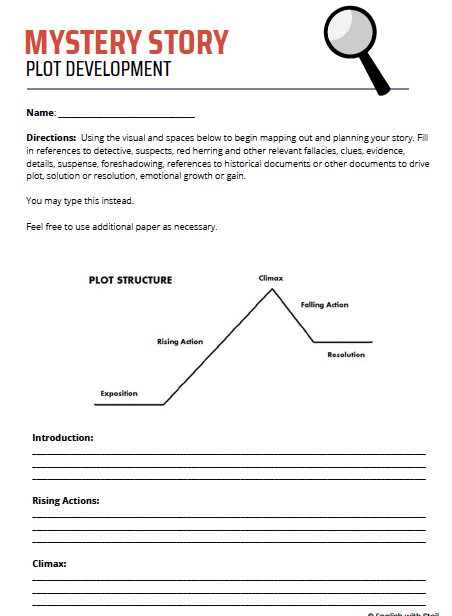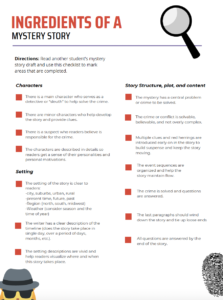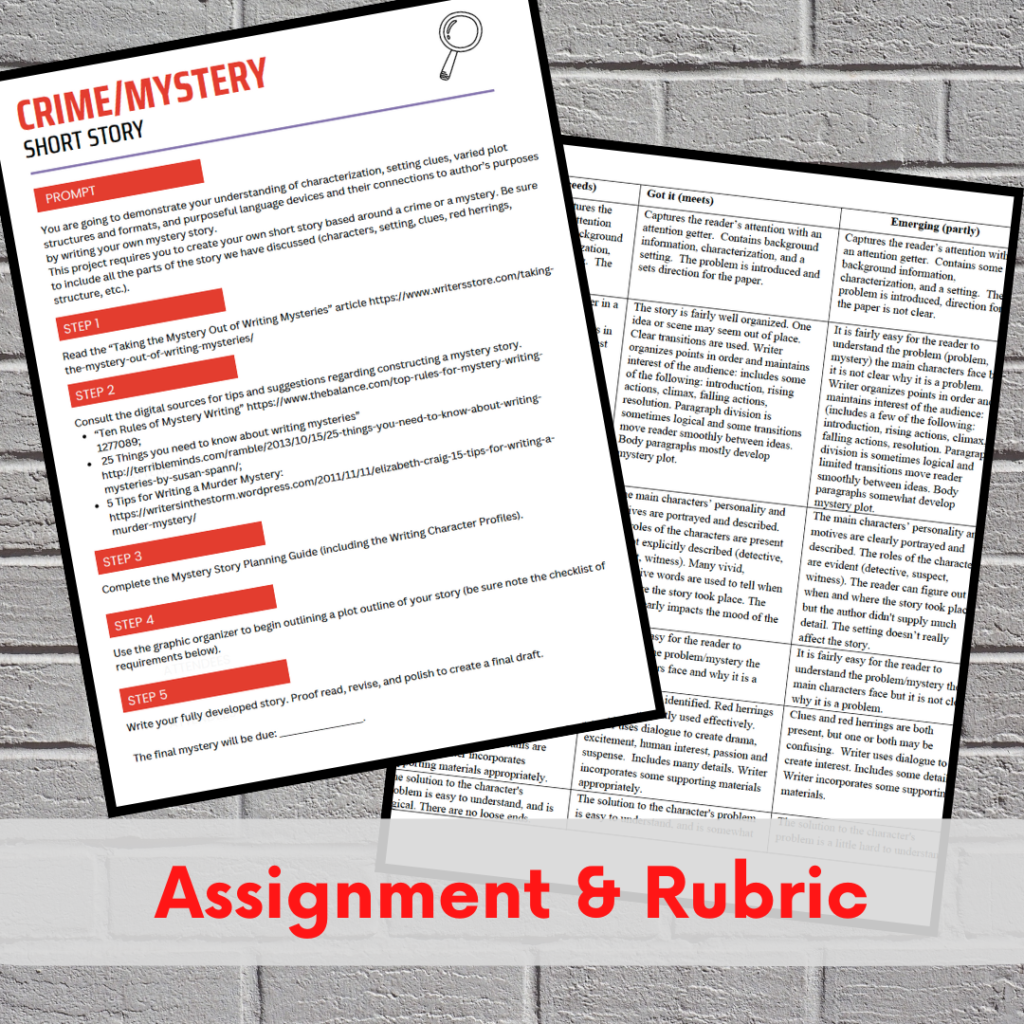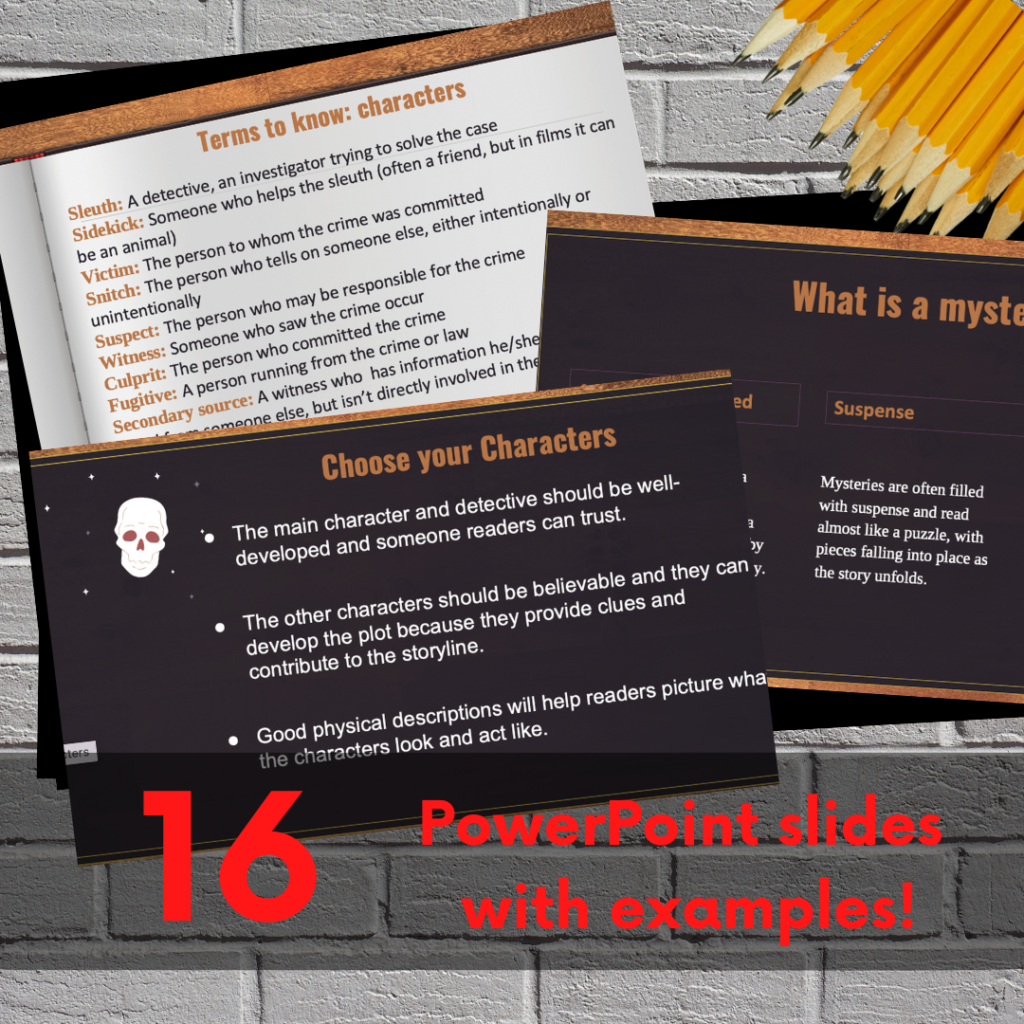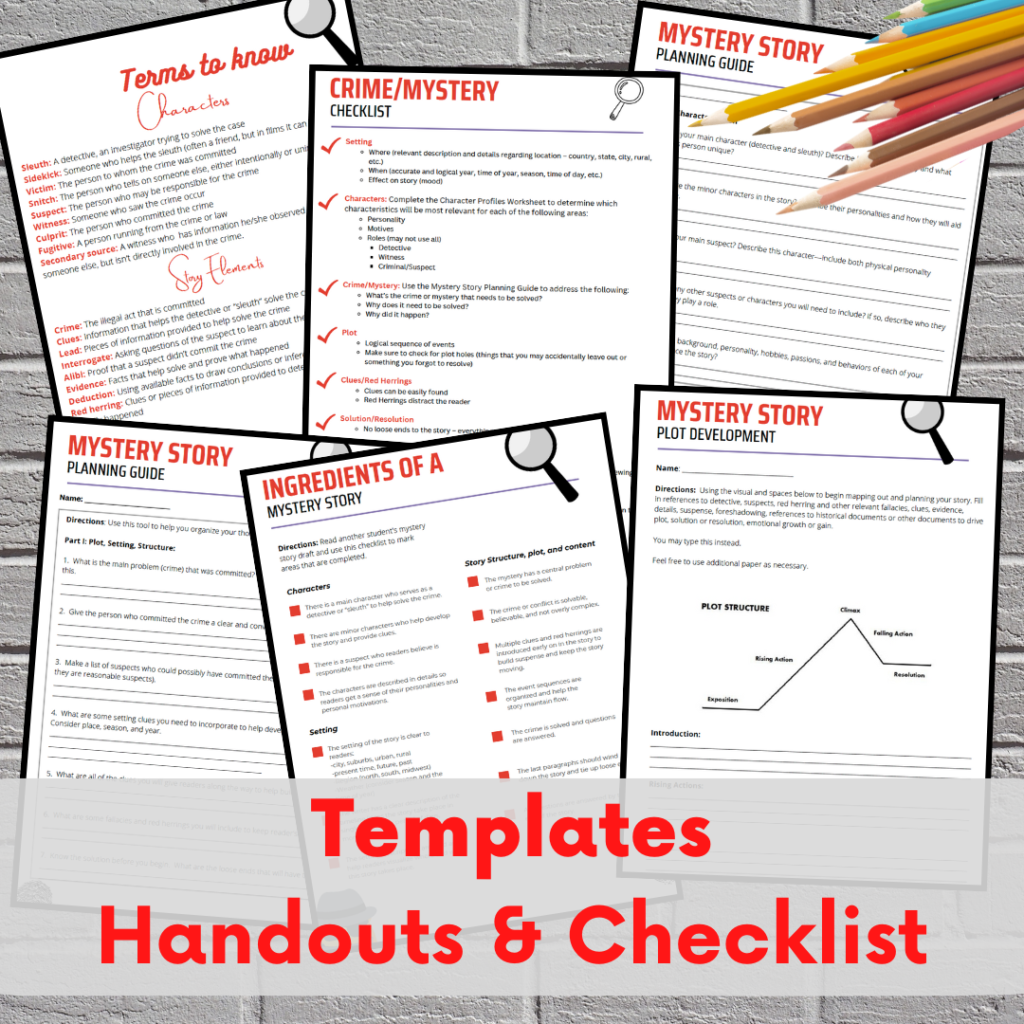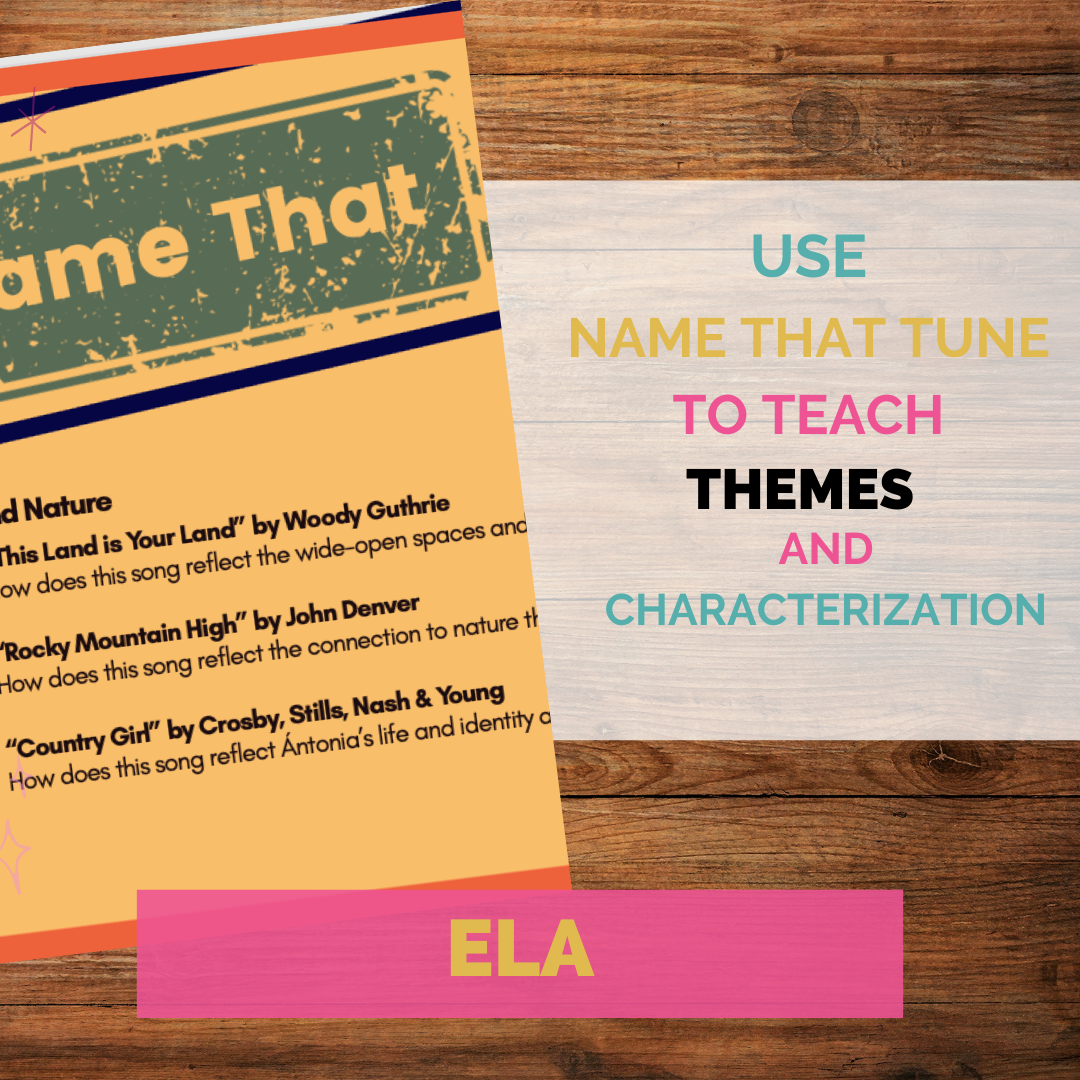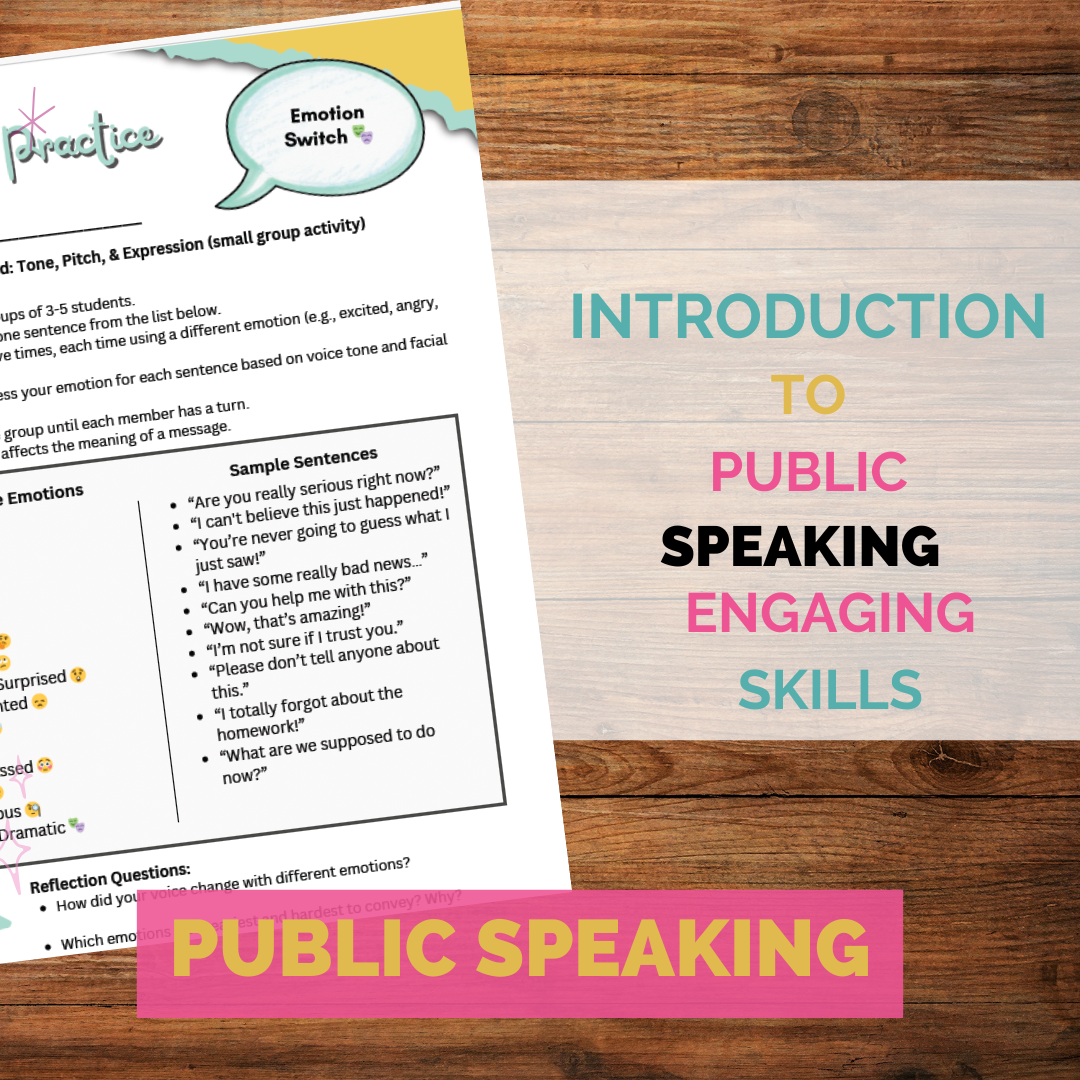The Mysterious Art of Mystery Writing: Engaging Students in Crafty Storytelling
Imagine a classroom buzzing with excitement, whispers of clues, alibis, and plot twists. No, it’s not an actual mystery unfolding, but a literary one! Teaching students how to write a mystery can be one of the most thrilling units in an English curriculum. If you’re an educator looking for a fun and engaging way to spark creativity in your students, mystery writing might just be the answer.
Why Teach Mystery Writing?
Hey fellow educators! If you’re looking to spice up your creative writing curriculum, why not dive into the world of mystery writing? Teaching high school students to craft their own mysteries is not only fun but also an excellent way to develop their writing skills, critical thinking, and creativity. Here’s how I’ve approached it in my classroom, along with some tips and ideas to make it an unforgettable experience.
Mysteries, with their unique blend of suspense, drama, and challenge, naturally draw readers and writers alike. For students, crafting their own mysteries can:
- Boost Problem-Solving Skills: A good mystery requires crafting a puzzle for readers to solve.
- Enhance Plot Development Abilities: Students learn the art of pacing, foreshadowing, and planting red herrings.
- Foster Character Development: Crafting multi-dimensional characters, especially a memorable detective or a cunning culprit, is key.
Getting Started: The Basics
To kick things off, I introduce my students to the essential elements of a mystery story:
- The Detective: Whether it’s a classic hard-boiled detective or an amateur sleuth, the protagonist drives the story.
- The Crime: This could be anything from a theft to a murder. It needs to be compelling and central to the plot.
- Suspects and Red Herrings: Multiple suspects keep readers guessing, while red herrings mislead and add depth to the plot.
- Clues and Evidence: These are the bread and butter of a mystery. Students learn to scatter clues and evidence throughout their stories.
- Resolution: The climax where the detective unravels the mystery and reveals the culprit.
Steps to Engage Students in Mystery Writing:
Dive into Mystery Reads:
- Start by introducing students to the genre. Short stories from the likes of Agatha Christie, Sir Arthur Conan Doyle, or contemporary mystery writers can serve as excellent examples. Discuss what makes them intriguing.
Mystery Blueprint:
- Discuss the essential elements of a mystery: the crime, the detective, the culprit, the clues, and the resolution.
- Encourage students to start with a ‘crime blueprint.’ What’s the mystery they want their readers to unravel?
Character Profiles:
- Have students craft detailed profiles for their characters. What are their motivations? Their quirks? Their secrets?
- Remember, in mysteries, every detail can be a potential clue or red herring!
Setting the Scene:
- The ambiance is pivotal in mysteries. A creepy mansion, a fog-laden alley, a sun-soaked beach with a single misplaced item—discuss the importance of setting in creating suspense.
Clues & Red Herrings Workshop:
- Dedicate a session just for crafting clues. How will they lead the reader (and detective) closer to the solution? And what red herrings can they plant to lead them astray temporarily?
Peer Detective Sessions:
- Let students exchange their mysteries and play detective. Can they solve the crime? This not only makes the writing process interactive but also provides feedback for budding writers.
Revise and Refine:
- Mystery writing is as much about revision as it is about the initial plot. Encourage students to refine their story, tighten their clues, and enhance their character arcs based on feedback.
Host a Mystery Fair:
- Once the stories are complete, host a classroom ‘Mystery Fair.’ Let students showcase their mysteries, read out snippets, or even enact scenes. This celebration is a great way to appreciate their hard work and boost confidence.
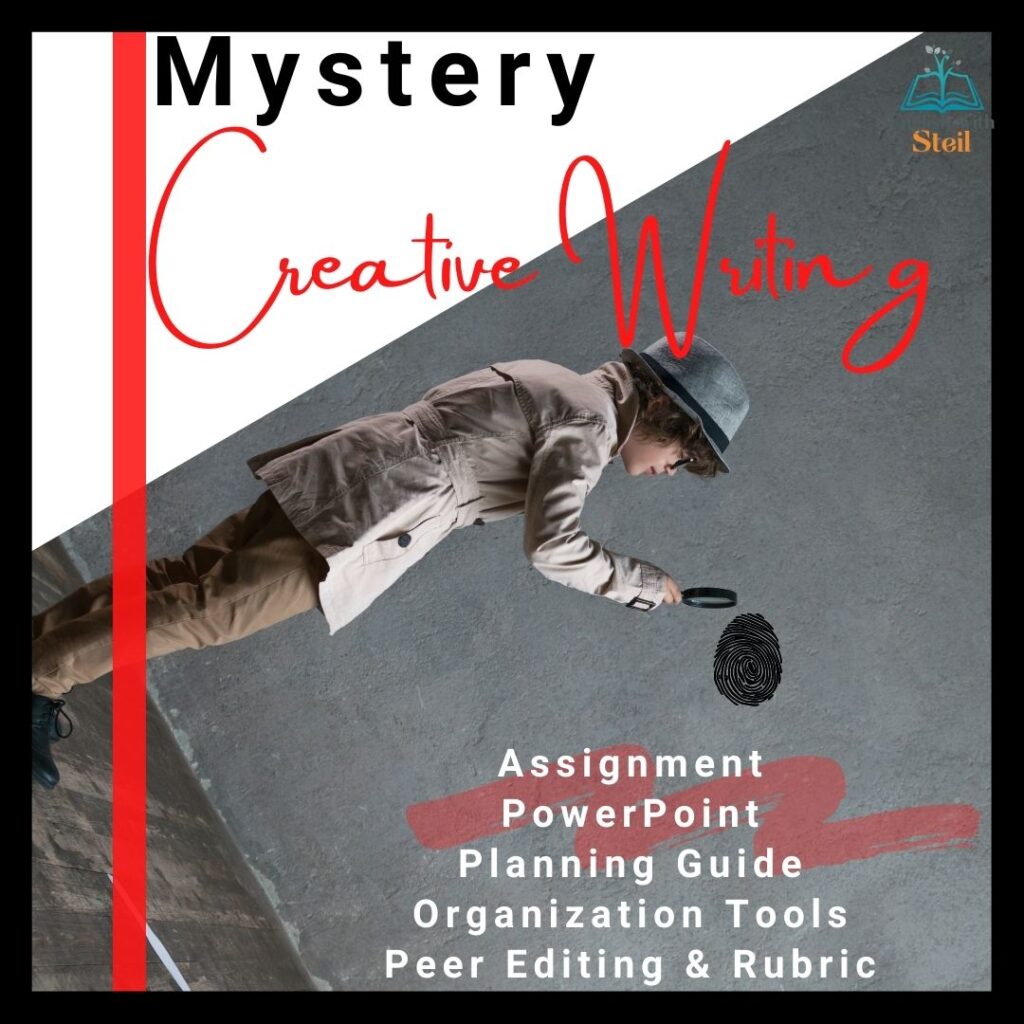
Ideas for Making It Fun
Now, let’s talk about some fun and engaging ways to teach mystery writing:
- Mystery Writing Prompts: Start with intriguing prompts like “The locked room was empty, except for a single, mysterious note” or “Every clue pointed to the butler, but he had the perfect alibi.”
- Cultural Influences: Explore mysteries from different cultures. Discuss how cultural elements influence the story. For example, Japanese mysteries often have unique elements like supernatural twists.
- Create a Crime Scene: Set up a mock crime scene in the classroom. Have students analyze the scene, gather clues, and brainstorm potential suspects and motives.
- Detective Profiles: Have students create detailed profiles for their detectives, including backstory, quirks, and skills. This helps them develop richer characters.
- Plot Twists: Encourage students to brainstorm surprising plot twists. This keeps their stories exciting and unpredictable.
- Collaborative Writing: Pair students up and have them write collaborative mysteries. One student can write the detective’s perspective while the other writes from the culprit’s viewpoint.
Final Thoughts:
Teaching mystery writing is a fantastic way to engage high school students in creative writing. It blends structure with imagination and encourages critical thinking. By incorporating fun activities, cultural exploration, and multimedia elements, you can create a dynamic and enriching learning experience. So, get your detective hats on and let’s solve some mysteries! Happy teaching!!

